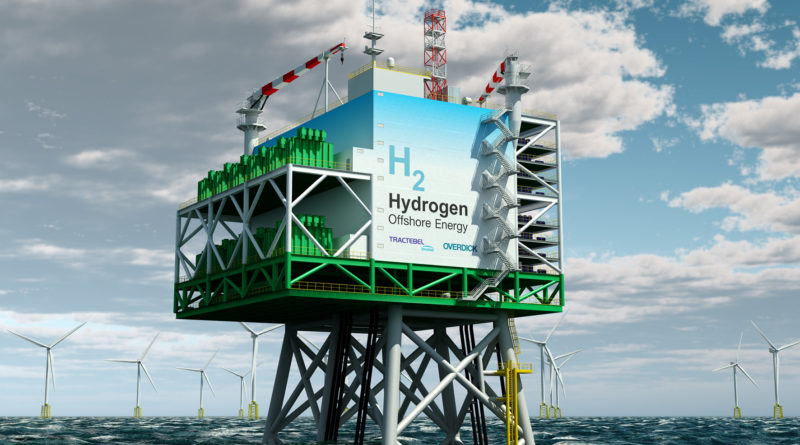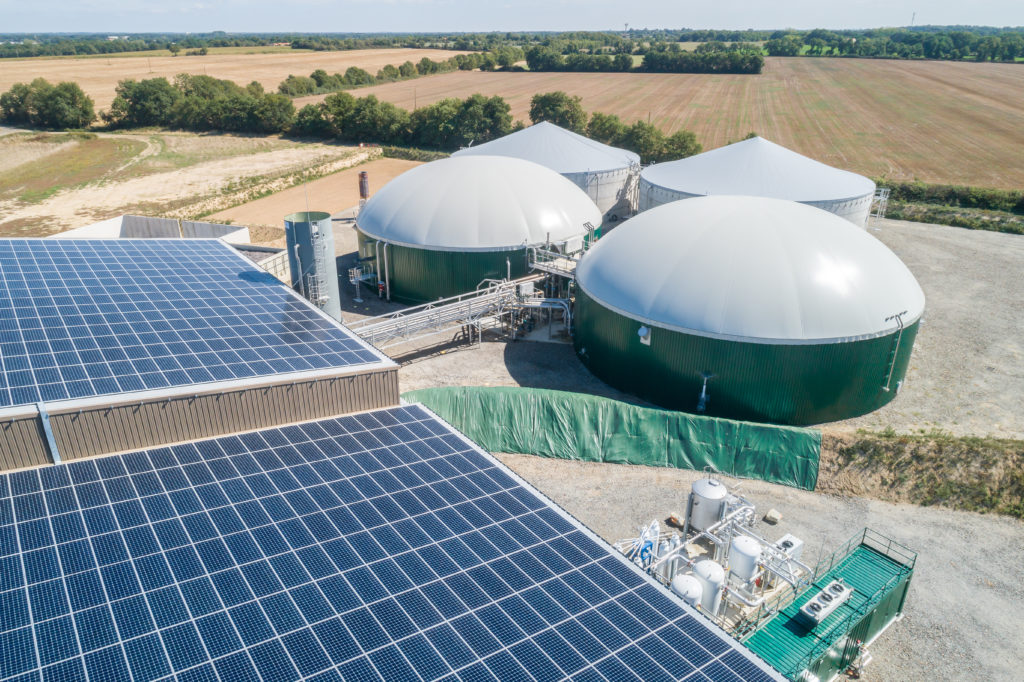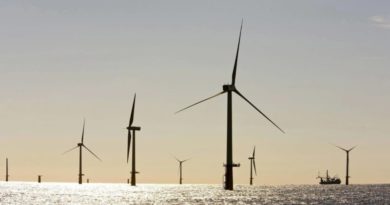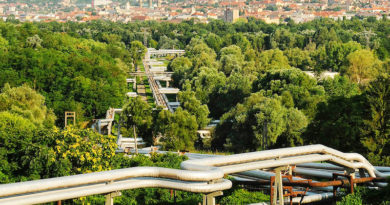
For a carbon neutral and resilient energy system, the EU must take advantage of all its assets
The necessity to help relaunch the economy in face of the COVID 19 sanitary crisis provides a unique opportunity to set a path for Europe that is consistent with its objective to become the first climate-neutral continent by 2050. ENGIE supports this unprecedented ambition and is committed to continuing to fully play its part, fostering energy efficiency gains and greening its supply of energy.
The path towards carbon neutrality brings along significant opportunities for our economies, but also challenges. The European economy has to decarbonize at the lowest possible cost for both consumers and companies, while ensuring security of supply which is vital for growth and prosperity in Europe. Relaunch programs at national and EU levels are a unique opportunity to reconcile economic recovery with an acceleration of investments in decarbonization. And given the strain on public finances, it is more necessary than ever to use these massive financial means in the most sustainable, effective and efficient way.
Sector integration is in ENGIE’s DNA
ENGIE’s activities are quite diversified, comprising different energy carriers and end-use sectors. We clearly share the interest expressed by the European Commission in creating an integrated energy system that is optimized as a whole – instead of taking a separate, “vertical” view on energy generation, transmission, distribution and end-user supply for each energy carrier. Our key activities include the production of low-carbon electricity notably from renewable sources, the distribution, transport and storage of gas; we invest in district energy systems and provide integrated solutions around energy efficiency, mobility services and onsite generation to our customers. Our target is to increase, by 2030, the share of renewable in our power generation mix to 58% and we have great ambitions in the development of renewable gases, primarily biomethane and green hydrogen.
In France, where we are number 1 in wind and solar, we committed to invest 800 million EUR in the coming years with our partners to develop biomethane, and this investment could be stepped up to 2 billion EUR by 2030.
We are moreover involved in several flagship projects around green hydrogen, for instance the “HyNetherlands”, “HyGreen” and “MassHylia” projects.
Decarbonization through electrification requires an appropriate market design
Electrification is a “no-brainer” in many circumstances. Public support and enabling regulatory frameworks have led to impressive cost reduction of wind and solar over the past years. Renewable generation today makes an important contribution to an increasingly decarbonized power mix. And this opens opportunities to decarbonize end-uses such as passenger cars, light commercial vehicles, parts of the heating sector, by electrifying them. However, wind and solar generations are intermittent by nature, requiring flexibility and back-up solutions to keep the power system in balance and ensure security of supply – especially during longer periods of “Dunkelflaute”, when wind and solar power generation is unavailable. To encourage investment in such solutions and avoid that existing assets are decommissioned prematurely, we need an appropriate market design which provides long-term signals to investors. Notably, in addition to energy markets we also need market mechanisms for firm capacity and (local) flexibility mechanisms.

Gaseous energy carriers make electrification through renewables possible
Already today, gas plays a key role to integrate variable renewables in the power system. Gas-fired power stations (“gas-to-power”) provide capacity and flexibility and their role will very likely increase in the future in the context of coal phase-out decisions. We expect that even in 2050, a significant CCGT fleet will still be needed. This fleet will operate on decarbonized gases. “Power-to gas” will be a key technology for sector coupling and integration. It will complement batteries, pumped storage, demand response as it has the unique advantage of providing long-term, seasonal storage of renewable energy by making use of existing gas infrastructures.
E-methane produced from excess wind and solar, can be injected in gas pipelines and storage facilities and can either be consumed in gaseous form or converted back to electricity.
In France, gas storage capacity is sufficient to store 133 TWh of energy which represents 1500 times the energy storage volume of existing electricity storage. Hydrogen can be blended in gas networks to a limited extent in a first phase of development. With increasing volumes, we could then see the creation of more and more dedicated hydrogen networks, for instance by converting existing gas pipelines.
The situation in Germany is an example where sector coupling through power-to-gas could help to deal with network congestions which lead already today to significant curtailment of renewable power production (6,5 TWh in 2019). Power network capacity is insufficient to transport renewable energy generated by wind farms in the North of the country to consumption centers in the South. The need for power network expansion and related cost and acceptance issues could be significantly mitigated by making use of the North-South gas network capacity which makes up around 75 GWh/h compared to a North-South power network capacity of only 1/4th.
Natural gas is a transition energy that helps decarbonization, and will progressively become greener
It is worth reminding that natural gas makes up a significant part of energy consumption today, thanks on a well-developed, pan-European gas infrastructure, with excellent cross-border links. This infrastructure is based mainly on underground facilities with minor impact on environment, land use and landscape.
Natural gas has an important decarbonization potential in the short term by replacing more carbon-intensive and polluting fuels such as coal and oil in power, heating and transport. It should clearly be recognized as a transition energy : replacing a coal plant by a new CCGT running on natural gas reduces greenhouse gas emissions by more than 50%.
Not using such an immediate decarbonization potential would lock for longer periods of times carbon intensive countries into the coal option.
In the transport sector, greenhouse gas emission savings of up to 23% can be achieved by switching to gas vehicles. These significant “quick wins” will be reinforced over time thanks to a growing share of renewable and decarbonized gas.
Let’s set the course for the future development of renewable and decarbonized gases
Renewable and decarbonized gases such as biomethane, renewable and decarbonized hydrogen or e-methane, are emerging technologies and still at the beginning of a learning curve which promises substantial cost reductions. To achieve these, we need to scale up capacities. This requires the creation of a favorable regulatory framework and financial incentives – just as it has been provided for renewable power years ago. We also need to find a way to reward the positive externalities of biomethane production (like contribution to employment in rural areas, creation of biological fertilizers, treatment of waste). Players along the value chain need long-term visibility through a binding European target for green gases which enables Member States to be free to develop their own strategies and define their contributions to this target. A robust and sustained CO2 price signal across sectors and energy carriers is paramount to provide the right signals to operators and consumers. Moreover, national support mechanisms, EU Funds and possibly also sector-specific objectives will help reaching this target. A dedicated approach for green hydrogen might be necessary, due to its lack of maturity and specific virtues, while blue hydrogen will be needed as well, at least during a transition period. Finally, a market has to be created based on an EU-wide classification of renewable and decarbonized gases and interoperable Guarantee of Origin schemes.
District energy systems as a showcase of circular economy and sector integration on local level
A more sustainable energy system is also more circular. District energy systems play a key role in this regard as they are re-using waste or excess heat, such as heat from power plants, industrial process or waste incineration. But the benefits of district energy systems go beyond capturing and utilizing waste heat.
Making use of a wide range of energy sources and technologies (including also bioenergy/biogas, solar, geothermal, etc.), district energy systems connect the dots between local resources and local demand, thus strengthening the local economy.
They can play a key role in decarbonizing heating and cooling, enabling high levels of energy efficiency, integrating intermittent renewables in the system and capitalizing on sector coupling. Such systems are particularly efficient and competitive when deployed within dense areas, making them major levers to reduce the carbon footprint of cities.
Complementarity is key
In addition to energy efficiency in order to consume less energy, electrification and the use of renewable and decarbonized gases are complementary solutions to ensure a competitive decarbonization, together with further solutions such as local energy systems. Many studies, covering western Europe and specifically Germany, have demonstrated that a multi-energy carrier approach will ensure the most resilient and cost-effective transition to carbon-neutrality, avoiding the enormous risks which would come along with a strategy of “putting all eggs in one basket”. Massive investment is needed to achieve our targets and for this to happen. A clear and realistic taxonomy, which recognizes the need for a transition and takes a broad view on the complementarity of various decarbonization solutions, would provide investors with the right incentives.




